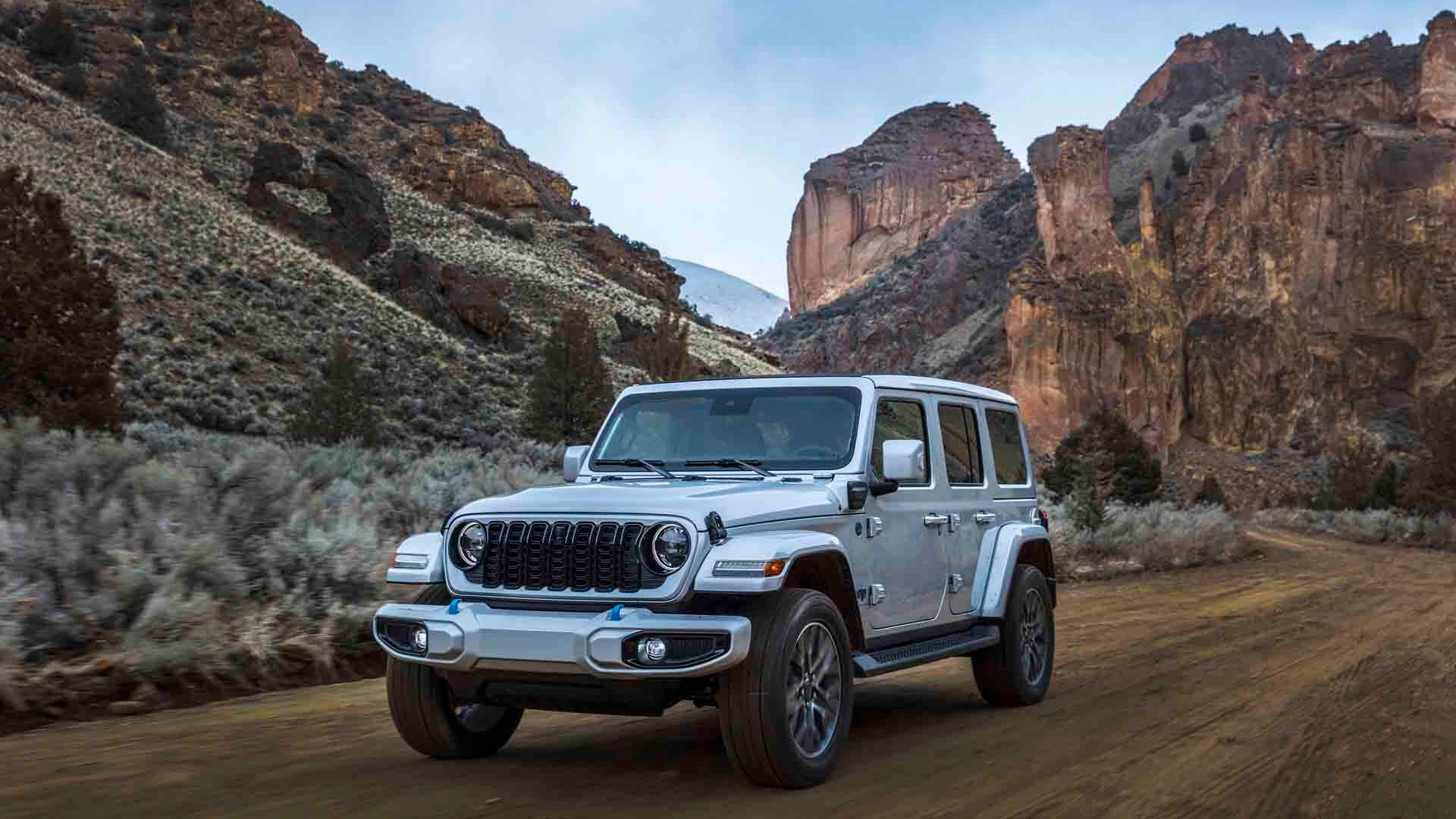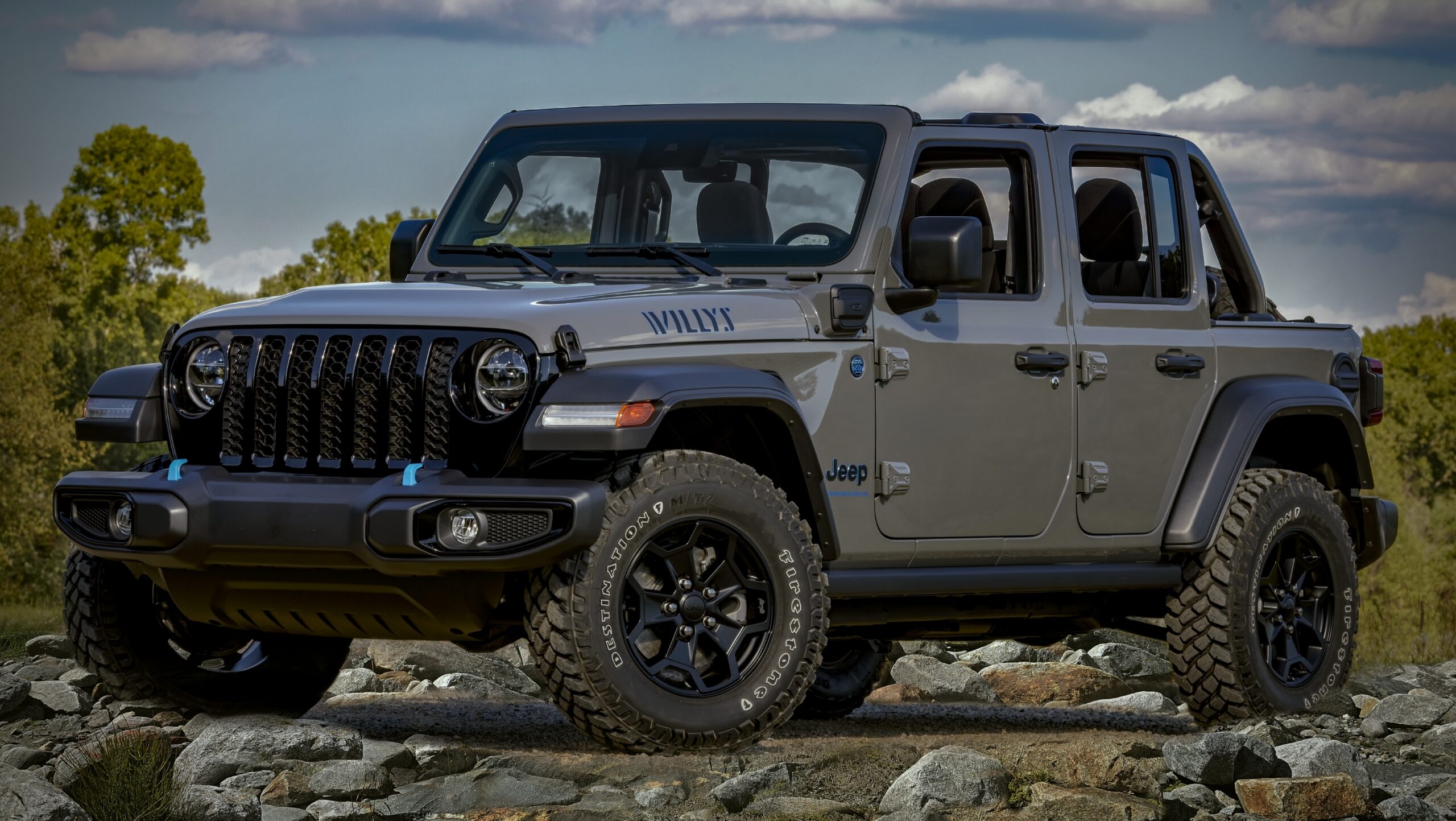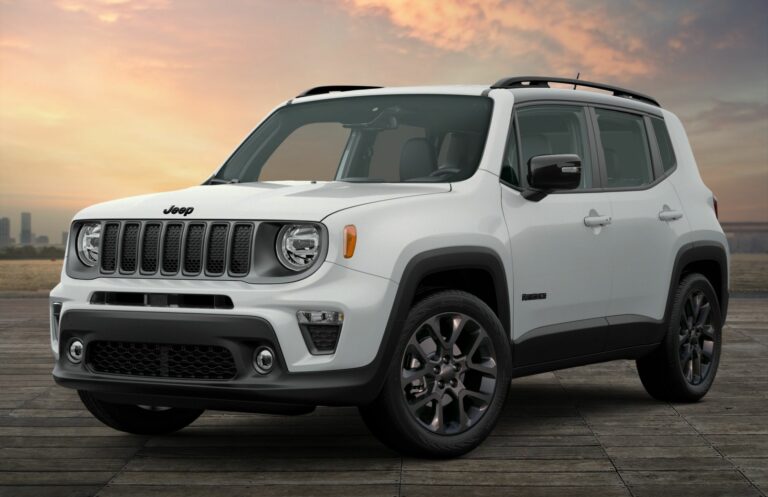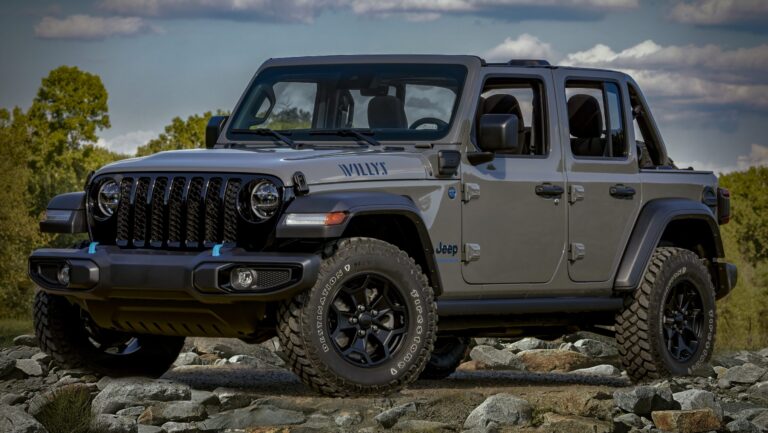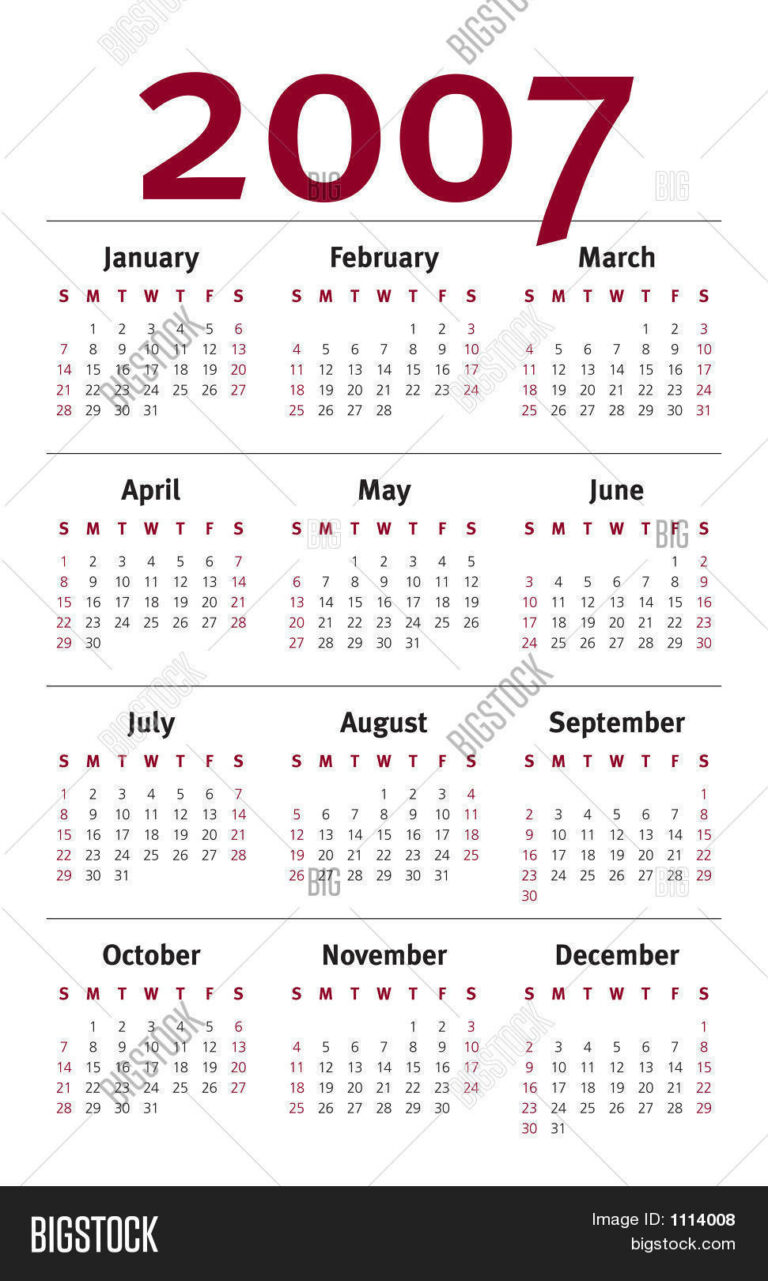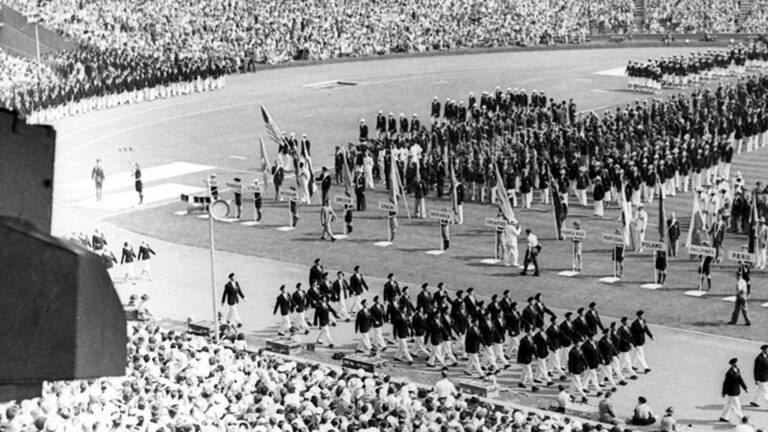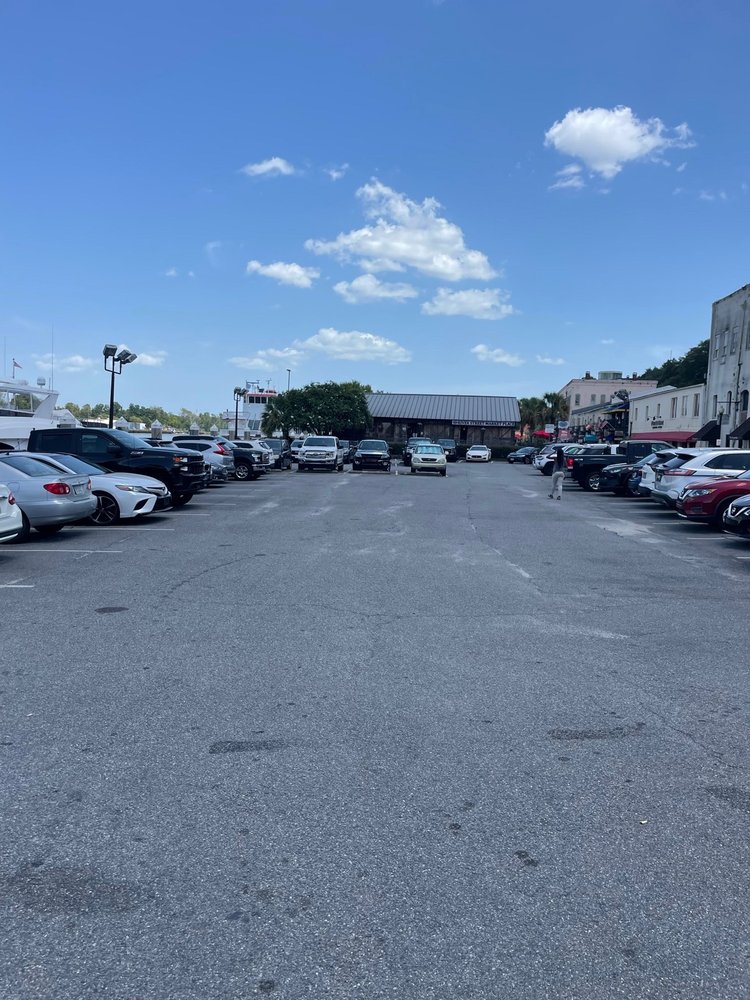Jeep Wrangler Quarter Panel Armor: The Indispensable Shield for Off-Road Dominance
Jeep Wrangler Quarter Panel Armor: The Indispensable Shield for Off-Road Dominance jeeps.truckstrend.com
The Jeep Wrangler is more than just a vehicle; it’s a symbol of adventure, freedom, and the ability to conquer the untamed wilderness. From rocky trails to dense forest paths, Wranglers are built to go where others fear to tread. However, this pursuit of off-road glory often puts critical components of the vehicle at risk, none more vulnerable than the rear quarter panels. These large, exposed sections are prime targets for impacts from rocks, trees, and other trail obstacles. This is where Jeep Wrangler Quarter Panel Armor steps in – a vital aftermarket modification designed to protect your investment, enhance your vehicle’s durability, and ensure your adventures continue unhindered.
Quarter panel armor refers to robust, custom-fabricated plates, typically made from steel or aluminum, that are affixed to the exterior of a Jeep Wrangler’s rear quarter panels. Its primary purpose is to create a formidable barrier against the hazards encountered during off-roading, preventing dents, scratches, and more severe structural damage. Beyond mere protection, this armor can also contribute to the vehicle’s aesthetic appeal, giving it a more rugged and aggressive stance, while potentially serving as mounting points for additional trail accessories. For any serious off-roader, or even a weekend warrior who values their vehicle’s integrity, quarter panel armor is not just an upgrade; it’s an essential safeguard.
Jeep Wrangler Quarter Panel Armor: The Indispensable Shield for Off-Road Dominance
Why Quarter Panel Armor? The Indispensable Shield
The vulnerability of the Jeep Wrangler’s rear quarter panels is a well-known Achilles’ heel in the off-road community. As you navigate tight trails, squeeze between trees, or pivot around large boulders, these expansive sheet metal surfaces are often the first point of contact. Without adequate protection, even minor impacts can lead to:
- Unsightly Dents and Scratches: These are the most common forms of damage, instantly diminishing your Jeep’s appearance and resale value.
- Structural Damage: More severe impacts can crease or tear the sheet metal, compromise the vehicle’s body integrity, and even affect door alignment or tailgate function.
- Compromised Tail Lights: The proximity of tail lights to the quarter panel makes them highly susceptible to damage during impacts.
- Expensive Repairs: Bodywork, especially on complex contoured panels, can be incredibly costly and time-consuming. Investing in armor upfront is almost always more cost-effective than repairing repeated damage.
![]()
Quarter panel armor acts as an sacrificial layer, absorbing impacts that would otherwise deform the factory sheet metal. It transforms a vulnerable area into a fortified zone, allowing drivers to push their limits with greater confidence, knowing their Jeep is well-protected. It’s a pragmatic investment that pays dividends in reduced repair costs, maintained vehicle value, and peace of mind on the trail.
Types of Quarter Panel Armor
Jeep Wrangler quarter panel armor comes in various forms, differing in material, design, and coverage. Understanding these distinctions is crucial for selecting the right armor for your specific needs and off-roading style.
Material Choices
The two primary materials used for quarter panel armor are steel and aluminum, each with its own set of advantages and disadvantages:

- Steel Armor:
- Pros: Superior strength and impact resistance, highly durable, typically more affordable. Often comes in various gauges (thicknesses), with thicker steel offering more protection.
- Cons: Significantly heavier, which can impact fuel economy, suspension performance, and overall vehicle weight. More susceptible to rust if not properly coated or maintained.
- Aluminum Armor:
- Pros: Lightweight, excellent corrosion resistance (won’t rust), can still offer substantial protection for most trail scenarios. Reduces the overall weight burden on the vehicle.
- Cons: Generally more expensive than steel. While strong, it can deform more easily than steel under extreme impacts, though it’s less prone to tearing.
Design and Coverage
Armor designs vary widely, offering different levels of coverage and aesthetic integration:
- Flat Panel Armor: These are basic, flat plates that cover the main, exposed area of the quarter panel. They are often the most straightforward and affordable option.
- Integrated Corner Guards: These designs extend around the rear corner of the Jeep, providing protection not only to the side panel but also to the vulnerable rear corner and potentially around the tail light housing. Some even include cutouts for LED tail lights.
- Full Wrap-Around Solutions: The most comprehensive option, these pieces can extend from the rear wheel well, around the corner, and sometimes even integrate with the rear bumper or fender flares for seamless, maximum protection.
- Textured vs. Smooth Finishes: Armor can come in raw steel/aluminum, ready for custom painting, or with durable powder-coated finishes (e.g., textured black) that offer corrosion resistance and a rugged look.
- Fender Flare Compatibility: Some armor designs are specifically engineered to work with factory fender flares, while others require aftermarket flares or a flare delete.
Mounting Methods
- Bolt-On Armor: The most common method, involving drilling holes into the quarter panel and securing the armor with bolts. This is generally a DIY-friendly option, though precise measurement and drilling are critical.
- Weld-On Armor: Offers the strongest and most permanent attachment, as the armor is welded directly to the vehicle’s frame or body. This method provides superior strength but requires professional welding skills and is a permanent modification.
Benefits Beyond Protection
While protection is the primary function, quarter panel armor offers several secondary benefits that add value to your Jeep Wrangler:
- Enhanced Aesthetics: The rugged, aggressive look of quarter panel armor instantly transforms your Jeep’s appearance, making it look more capable and trail-ready.
- Increased Resale Value: For heavily modified Jeeps, quality armor can be seen as an asset, demonstrating a commitment to the vehicle’s off-road capability and protection. It also protects the underlying bodywork, keeping the vehicle in better condition.
- Mounting Points: Some armor designs incorporate mounting points for trail accessories like hi-lift jacks, shovels, jerry cans, or auxiliary lighting, improving utility and organization.
- Improved Departure Angle (with certain designs): Integrated corner guards can sometimes improve the departure angle by providing a smoother, stronger surface that allows the Jeep to slide over obstacles rather than getting hung up.
Choosing the Right Armor for Your Wrangler
Selecting the perfect quarter panel armor involves considering several factors specific to your Jeep, your driving habits, and your budget:
- Vehicle Model and Year: Ensure the armor is specifically designed for your Wrangler’s generation (TJ, JK, JL, etc.) to guarantee proper fitment and compatibility.
- Intended Use:
- Light Trails/Weekend Warrior: Aluminum or lighter gauge steel might suffice.
- Hardcore Rock Crawling/Expedition: Heavy-duty steel with comprehensive coverage and integrated corner guards is highly recommended.
- Budget: Armor prices vary significantly based on material, brand, coverage, and finish. Set a realistic budget and explore options within that range.
- Weight Impact: Be mindful of the added weight, especially with steel armor. Heavier armor can necessitate suspension upgrades (e.g., heavier-duty springs) to maintain ride height and performance.
- Installation Complexity: Decide if you’re comfortable with a DIY bolt-on installation or if you prefer professional assistance for welding or more complex setups.
- Compatibility with Other Mods: Consider how the armor will interact with your existing or planned fender flares, rock sliders, and rear bumper. Many manufacturers design their armor to integrate seamlessly with their other product lines.
- Desired Aesthetic: Do you want a subtle, functional look or a bold, aggressive statement? Choose a finish and design that complements your Jeep’s overall style.
Installation Guide (General Overview)
While specific instructions will vary by manufacturer and armor type, here’s a general overview of the installation process for bolt-on quarter panel armor:
- Gather Tools: You’ll typically need a drill, drill bits (metal-specific), measuring tape, markers, wrenches/sockets, possibly a grinder or cutting tool for trimming, and rust-inhibiting paint for drilled holes.
- Preparation:
- Clean the quarter panel thoroughly.
- Remove any obstacles like fender flares (if required).
- Test fit the armor.
- Mark all drilling locations precisely according to the manufacturer’s template or instructions. Double-check all measurements.
- Drilling:
- Carefully drill pilot holes, then progressively larger holes to the specified diameter.
- Crucial Step: Apply rust-inhibiting primer or paint to all newly drilled holes to prevent corrosion of your Jeep’s body.
- Mounting:
- Position the armor onto the quarter panel, aligning the drilled holes.
- Insert bolts and secure with washers and nuts. Start all bolts loosely before tightening any one completely.
- Tighten all hardware securely, following manufacturer torque specifications.
- Finishing Touches: Reinstall any removed components like fender flares. Clean up any metal shavings or debris.
Important Note: Always prioritize safety. Wear appropriate personal protective equipment (PPE) like eye protection and gloves. If you are not confident in your ability to perform the installation correctly, it is always best to seek professional assistance. Improper installation can lead to damage to your vehicle or the armor itself.
Maintenance and Care
To ensure your quarter panel armor continues to provide optimal protection and looks its best, regular maintenance is key:
- Cleaning: Wash the armor regularly, especially after off-road trips, to remove dirt, mud, and corrosive elements. Use a mild soap and water.
- Inspect Fasteners: Periodically check all bolts and nuts for tightness. Vibrations from off-roading can cause them to loosen over time.
- Touch-Up Paint (for Steel Armor): If your steel armor gets scratched or chipped, touch up the exposed metal immediately with rust-inhibiting paint to prevent corrosion. For powder-coated finishes, use a compatible touch-up paint.
- Address Corrosion: If rust begins to form on steel armor, address it promptly by sanding the affected area, applying a rust converter, and then repainting.
- Check for Damage: After particularly rough trails, inspect the armor for any signs of severe impact, bending, or cracks. While rare, extreme impacts can compromise the armor’s integrity.
Potential Challenges and Solutions
While highly beneficial, quarter panel armor can present a few challenges:
- Weight Addition: Steel armor can add significant weight, potentially requiring suspension upgrades to maintain proper ride height and handling.
- Solution: Opt for aluminum armor, or budget for suspension upgrades if going with heavy steel.
- Installation Difficulty: Drilling into your Jeep’s body can be daunting for some.
- Solution: Choose bolt-on options if you’re a DIYer, or pay for professional installation for peace of mind.
- Compatibility Issues: Some armor might not fit perfectly with certain aftermarket fender flares or bumpers.
- Solution: Research thoroughly and confirm compatibility before purchasing. Buy from brands that offer integrated solutions across their product lines.
- Rust (Steel Armor): Exposed steel is prone to rust if its protective coating is compromised.
- Solution: Invest in high-quality powder-coated armor, and be diligent with touch-ups and maintenance.
- Cost: Quality armor can be a significant investment.
- Solution: Consider it an investment in protecting a much more expensive asset (your Jeep’s body). Compare prices across reputable brands and consider used options if buying from a trusted source.
Practical Advice and Actionable Insights
- Research, Research, Research: Before buying, spend ample time researching different brands, materials, and designs. Read reviews, watch installation videos, and seek advice from experienced off-roaders.
- Define Your Needs: Be honest about your off-roading style. Don’t overspend on heavy-duty armor if you only do light trails, but don’t under-protect if you’re tackling extreme terrain.
- Don’t Skimp on Quality: Cheap armor might save money upfront but could fail when you need it most. Invest in reputable brands known for quality materials and precise fitment.
- Consider a Complete System: Many manufacturers offer quarter panel armor that integrates seamlessly with their rock sliders, inner fenders, and bumpers. Buying a complete system can ensure compatibility and a cohesive look.
- Professional Installation for Complex Jobs: If you’re opting for weld-on armor or are unsure about drilling into your vehicle, a professional off-road shop is your best bet.
- Measure Twice, Drill Once: This age-old adage is especially true when modifying your vehicle’s body. Precision is paramount during installation.
Estimated Price Guide for Jeep Wrangler Quarter Panel Armor
Please note that prices are highly variable based on brand, material, specific design features (e.g., integrated corner guards, LED cutouts), finish (raw vs. powder-coated), and the specific Jeep Wrangler generation (TJ, JK, JL). These are estimated ranges and do not include shipping or installation costs.
| Armor Type/Material | Coverage/Features | Estimated Price Range (USD) | Notes |
|---|---|---|---|
| Basic Steel Flat Panel | Minimal coverage, raw steel | $150 – $300 | Entry-level protection, often requires painting. |
| Steel Flat Panel | Standard coverage, powder-coated | $250 – $500 | Most common type, good balance of protection and value. |
| Steel Corner Guard | Wraps around rear corner, tail light protection | $400 – $800 | More comprehensive protection, often integrates with rear bumper. |
| Steel Full Wrap/Integrated | Max coverage, may include flare integration | $600 – $1,200+ | High-end, heavy-duty solutions for extreme use. |
| Basic Aluminum Panel | Minimal coverage, raw aluminum | $300 – $600 | Lighter weight, corrosion resistant, often requires finishing. |
| Aluminum Flat Panel | Standard coverage, powder-coated | $500 – $900 | Lighter alternative to steel, excellent for weight-conscious builds. |
| Aluminum Corner Guard | Wraps around rear corner, tail light protection | $700 – $1,200+ | Premium lightweight protection, ideal for performance builds. |
| Specialty/Custom Armor | Custom fabrication, unique features | $1,000 – $2,500+ | Highly specialized or custom-made pieces, premium materials/designs. |
Disclaimer: These prices are estimates for new parts from reputable manufacturers. Sale prices, used parts, and less common brands may vary. Always check current pricing with specific retailers and brands.
Frequently Asked Questions (FAQ)
Q1: Is quarter panel armor really necessary for a Jeep Wrangler?
A1: While not strictly "necessary" for street driving, it’s highly recommended for any Wrangler that sees off-road use. The rear quarter panels are extremely vulnerable to damage from rocks, trees, and other trail obstacles. Investing in armor is far more cost-effective than repairing body damage.
Q2: Does quarter panel armor add a lot of weight to the Jeep?
A2: Yes, especially steel armor. A full set of heavy-duty steel quarter panel armor can add 50-100+ pounds. This added weight can impact fuel economy, suspension performance, and overall vehicle handling. Aluminum armor is a much lighter alternative, typically weighing 50-60% less than steel.
Q3: Can I install quarter panel armor myself?
A3: Many bolt-on quarter panel armor kits are designed for DIY installation with basic tools and some mechanical aptitude. However, it involves drilling into your Jeep’s body, which requires precision and confidence. Weld-on armor should always be installed by a professional welder. If you’re unsure, professional installation is recommended.
Q4: Will quarter panel armor rust?
A4: Steel quarter panel armor, if not properly coated (e.g., powder-coated) or if its coating is scratched/chipped, is susceptible to rust. Aluminum armor is naturally corrosion-resistant and will not rust. Regular maintenance and prompt touch-ups are crucial for steel armor.
Q5: Does installing quarter panel armor affect my Jeep’s warranty?
A5: Generally, aftermarket modifications like quarter panel armor do not void your entire vehicle warranty. However, if a failure occurs that can be directly attributed to the armor’s installation or the armor itself (e.g., if a body panel rusts because of improperly sealed drill holes from the armor installation), the warranty for that specific component might be affected. Always check with your dealership or warranty provider if you have concerns.
Q6: What’s the main difference between steel and aluminum quarter panel armor?
A6: The primary differences are weight, strength, and corrosion resistance. Steel is heavier and generally stronger under extreme impacts, but prone to rust. Aluminum is significantly lighter and corrosion-resistant, making it ideal for performance builds where weight savings are critical, though it may deform more easily than steel under severe impacts.
Conclusion
Jeep Wrangler Quarter Panel Armor is an indispensable upgrade for anyone serious about protecting their off-road investment. It transforms a vulnerable area of your vehicle into a fortified bastion, shrugging off impacts that would otherwise lead to costly repairs and diminished aesthetics. Beyond its primary role of protection, it enhances your Jeep’s rugged appeal, potentially increases its utility with mounting points, and provides invaluable peace of mind when navigating challenging terrain.
Choosing the right armor involves a careful consideration of material, design, budget, and your specific off-roading habits. Whether you opt for robust steel or lightweight aluminum, a simple flat panel or an integrated corner guard, the investment in quality quarter panel armor is one that pays dividends in durability, confidence, and the sheer enjoyment of pushing your Jeep Wrangler to its limits, knowing it’s well-guarded against the rigors of the trail. Equip your Wrangler with the shield it deserves, and let the adventures continue, unburdened by worries of costly body damage.
